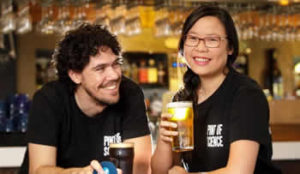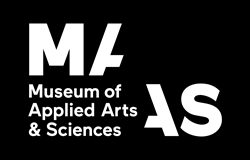When: Tuesday 13th November, 9:15am – 11:15am
Where: Theatrette, Level 2 behind the registration/foyer area
Hashtag: #T3
This session will explore the range of different ways Questacon engages and collaborates with scientists and STEM professionals. It will highlight how this collaboration can create richer and more genuine engagement opportunities for students and the general public, connecting them to relevant STEM ideas and challenges. It will also show how this collaboration can create a learning experience for the involved scientist/STEM professional.
Examples include:
- Questacon’s Regional Invention Conventions using STEM professionals to pose design and innovation challenges to students, giving them a problem to solve with real world connection
- Boutique Botanical Teacher PD, developed alongside the 2017 ACT Scientist of the Year to bring plant science into the classroom.
- Mind in Residence program, using local academics to develop new content within Questacon in the form of shows and demonstrations, helping bring cutting edge science to the public
- Enterprising Australians web portal, using STEM professionals to tell stories of innovation, becoming inspiration for the next generation of innovators
Session
Case studies: Cultural Institutions and Festivals
Presenters
Broderick Matthews, A/g National Programs Manager, Questacon
Amelia Coman, Special Activities and External Liaison Officer, Questacon
